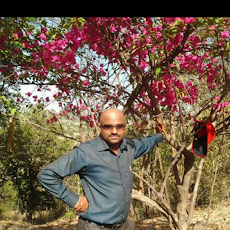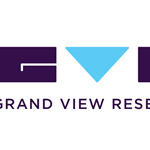Education is undergoing a transformative shift across the globe, and Ludhiana is no exception. As the demands of the 21st century evolve, so do the methods by which children are taught. Traditional chalk-and-talk methods are being replaced by interactive, student-centered approaches that emphasize understanding, application, and innovation. Schools in Ludhiana are actively embracing modern teaching techniques to equip students with the skills and mindset required to thrive in today’s fast-changing world.
One of the most prominent changes in Ludhiana’s schools is the integration of technology into classrooms. Smart boards, tablets, projectors, and interactive apps have become commonplace. These tools are not merely visual aids—they help transform passive learning into active participation. Teachers use multimedia content to explain complex concepts, while students engage with simulations, virtual labs, and educational games. This multisensory approach not only enhances comprehension but also keeps students motivated and curious.
Collaborative learning has also emerged as a key aspect of modern education. Schools in Ludhiana are designing classrooms and activities that promote group discussions, peer teaching, and project-based learning. In such environments, students learn to listen, contribute, and build on each other’s ideas. Group projects and team assignments reflect real-world scenarios where collaboration is essential. These experiences improve communication skills and develop emotional intelligence, preparing students for both academic and professional teamwork.
Flipped classrooms are another modern strategy gaining popularity in progressive schools across Ludhiana. In this method, students are introduced to new concepts at home through videos or reading materials and then engage in problem-solving and discussions in the classroom. This technique encourages self-study, deepens understanding, and allows teachers to focus on application rather than repetition. It also gives students more control over their pace of learning, making education more personalized.
Another modern technique being adopted is experiential learning. Schools in Ludhiana are moving beyond textbooks by integrating real-world experiences into the curriculum. Educational trips, role plays, science experiments, and community projects allow students to connect classroom learning with practical life. This hands-on approach is particularly effective in subjects like science, history, and environmental studies, where real-life context can make learning more meaningful and memorable.
Gamification is also making its mark in Ludhiana’s schools. Educators are increasingly using game elements—such as point scoring, competition, and rewards—to make lessons more engaging. Apps and platforms designed specifically for education turn learning into a game-like experience, which is especially appealing to younger students. This method boosts motivation and helps students grasp difficult topics more easily by adding an element of fun.
Personalized learning is another area of focus. With the help of data and assessment tools, teachers can now identify the individual learning styles, strengths, and weaknesses of each student. Schools in Ludhiana are using adaptive learning platforms that adjust the difficulty and format of content based on a student’s performance. This ensures that no child is left behind and that high achievers are constantly challenged. Personalized learning fosters a sense of ownership and responsibility in students, making them active participants in their educational journey.
Inquiry-based learning is also becoming a hallmark of modern education in Ludhiana. Instead of giving students ready-made answers, teachers encourage them to ask questions, conduct research, and find solutions on their own. This method promotes curiosity and critical thinking. Students become independent learners who are capable of analyzing information, drawing conclusions, and applying knowledge in new contexts. This is especially useful in developing problem-solving skills that are essential in higher education and professional life.
Assessment methods are evolving as well. Schools in Ludhiana are shifting from rote-based evaluations to more comprehensive assessments that include projects, presentations, and reflective journals. Continuous assessment allows teachers to monitor progress more accurately and gives students the opportunity to demonstrate their understanding in varied formats. These alternative assessments reduce exam stress and provide a more balanced view of a student’s capabilities.
Professional development of teachers is a crucial part of this educational transformation. To effectively implement modern teaching techniques, schools in Ludhiana are investing in regular training and upskilling of their educators. Teachers attend workshops, webinars, and certification programs to stay current with pedagogical innovations. As facilitators of learning rather than mere instructors, they play an essential role in guiding students through a dynamic and evolving curriculum.
Finally, schools in Ludhiana are creating learning environments that support creativity and innovation. Open classrooms, flexible seating, makerspaces, and activity rooms are replacing rigid, traditional layouts. These spaces encourage exploration, experimentation, and self-expression. Students are not only gaining knowledge—they are being inspired to think independently, question assumptions, and pursue their passions with confidence.
In embracing modern teaching techniques, schools in Ludhiana are laying the foundation for an education system that is inclusive, future-ready, and responsive to the needs of today’s learners. By combining technology, creativity, and student-centric strategies, they are preparing children not just to succeed in exams, but to excel in life.







